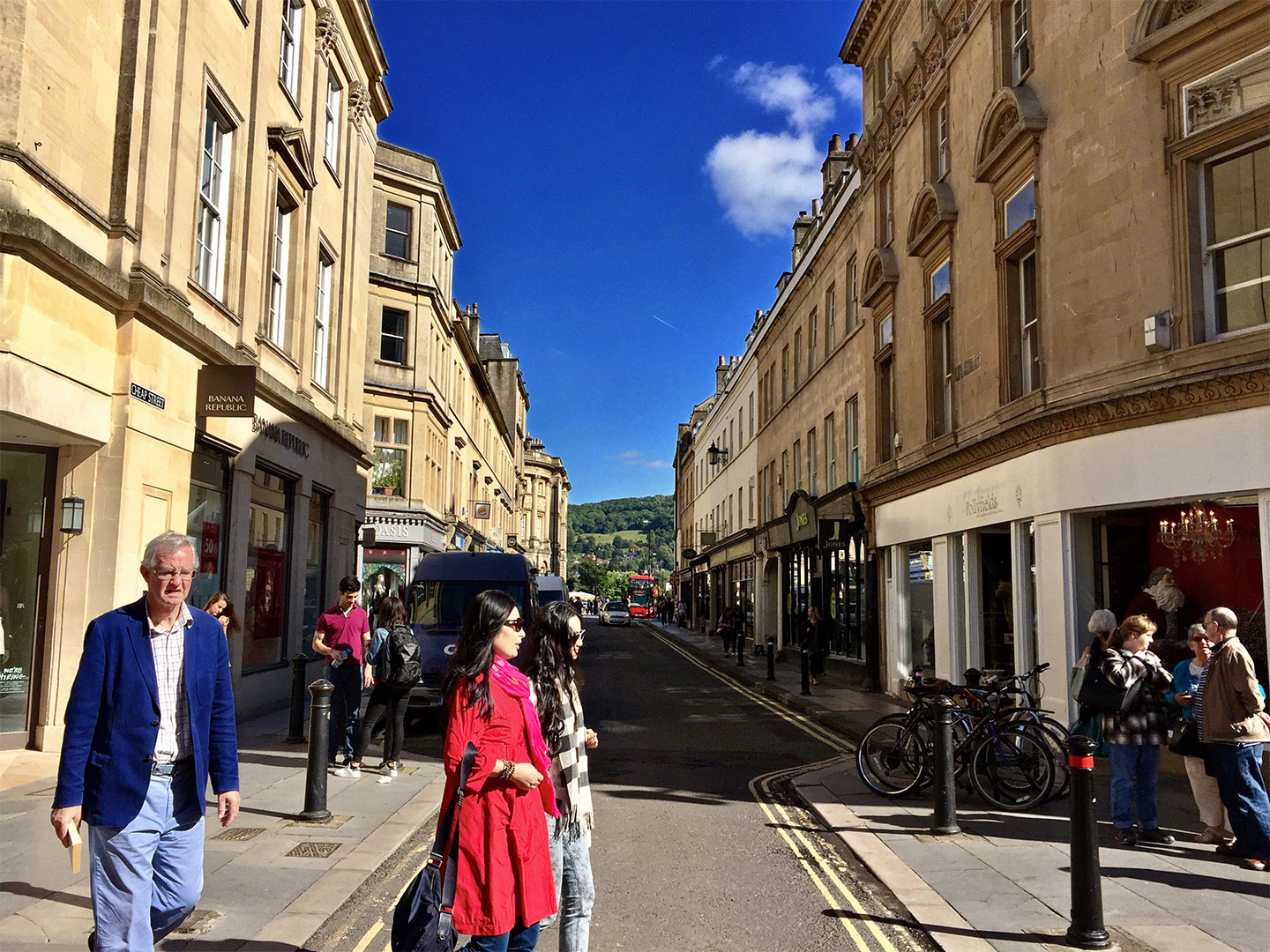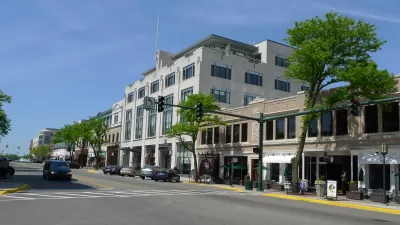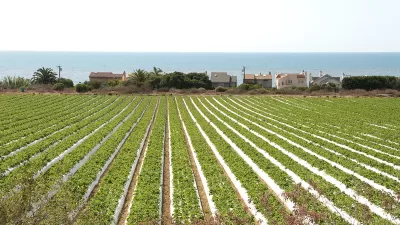Struggling with zoning that thwarts the construction of new hamlets, villages, towns, and cities? Susan Henderson has a bit of place type inspiration from across the pond.
"Planners frequently use the place type framework to identify different issues, challenges, and assets throughout a municipality or a region. While there isn’t a standard used across the profession, it is generally accepted that the broadest range of places includes the hamlet, village, town and city. Historically, we intuitively understood how to build these places without regulation. Commerce and public spaces were located where the majority of residents could access them, and housing was both diverse and compact. This permitted the preservation of the landscape for agriculture and natural systems."
"However, the last decades have seen those clear types evolve into subdivisions, strip centers, malls and office parks. And unfortunately these new development types are virtually the same from region to region and country to country. This is the result of use-based zoning that separates rather than blends compatible uses."
Henderson uses three English examples for inspiration: the village of Castle Combe, the town of Tetbury, and the city of Bath. And points to our auto-centric zoning and subdivision regulations that keep delivering "placeless types" or "car types" or "suburb types," and how we can return to authentic places.

Bath, England; image credit: Susan Henderson
FULL STORY: Why Can’t My Zoning Create a Diversity of Places?

Study: Maui’s Plan to Convert Vacation Rentals to Long-Term Housing Could Cause Nearly $1 Billion Economic Loss
The plan would reduce visitor accommodation by 25,% resulting in 1,900 jobs lost.

North Texas Transit Leaders Tout Benefits of TOD for Growing Region
At a summit focused on transit-oriented development, policymakers discussed how North Texas’ expanded light rail system can serve as a tool for economic growth.

Why Should We Subsidize Public Transportation?
Many public transit agencies face financial stress due to rising costs, declining fare revenue, and declining subsidies. Transit advocates must provide a strong business case for increasing public transit funding.

How to Make US Trains Faster
Changes to boarding platforms and a switch to electric trains could improve U.S. passenger rail service without the added cost of high-speed rail.

Columbia’s Revitalized ‘Loop’ Is a Hub for Local Entrepreneurs
A focus on small businesses is helping a commercial corridor in Columbia, Missouri thrive.

Invasive Insect Threatens Minnesota’s Ash Forests
The Emerald Ash Borer is a rapidly spreading invasive pest threatening Minnesota’s ash trees, and homeowners are encouraged to plant diverse replacement species, avoid moving ash firewood, and monitor for signs of infestation.
Urban Design for Planners 1: Software Tools
This six-course series explores essential urban design concepts using open source software and equips planners with the tools they need to participate fully in the urban design process.
Planning for Universal Design
Learn the tools for implementing Universal Design in planning regulations.
City of Santa Clarita
Ascent Environmental
Institute for Housing and Urban Development Studies (IHS)
City of Grandview
Harvard GSD Executive Education
Toledo-Lucas County Plan Commissions
Salt Lake City
NYU Wagner Graduate School of Public Service




























